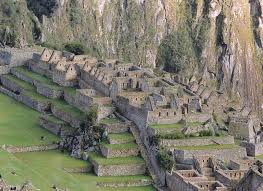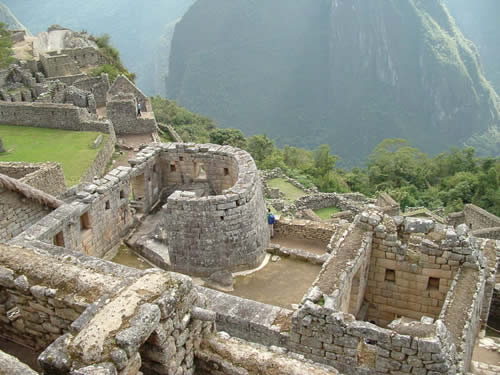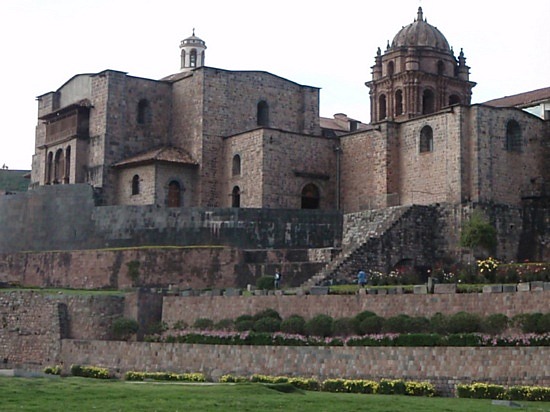Incan Capital |
History: Cusco was the capital of the Inca Empire which extended through the west coast and highlands of the South American continent. This and its surroundings were the first settlement of the Incas, which happened on early 13th century. CuzcoCusco, Cuzco or Qosqo are some of the names that this ancient Incan capital is known by. Cusco was the administrative center of the Spanish Empire's Viceroyalty of Peru. A vast amount of art and colonial architecture remains throughout the city, especially in the Plaza de Armas. Currently, Cusco is the greatest tourist region of the country and receives over a million visitors a year.
Inca CultureThe visitor to Cuzco can't help but be awed and impressed by a city that was the capital of the Inca Empire. Today's Cuzco combines the ancient city, the colonial additions and the modern buildings and amenities in a splendid reflection of culture and tradition-and reminds us that the sophisticated Incan civilization was not erased by the colonial invaders or tourists.
The ancient plaza was the core of the suyos, the Four Regions of the Inca Empire reaching from Quito, Ecuador to northern Chile. Cuzco was the seat of government as well as a city. The capital city of Cuzco was the heart of the empire. It was situated about 11,000 feet above sea level high in the Andes Mountains.
The city was always under construction. Each emperor ordered a new palace to be built for his use. The famed Temple of the Sun was in the center of the city. The temple had six chapels built around a central courtyard. Incan Capital FactsThe walls were made of perfectly fitted stone covered with sheets of gold. A massive fortress guarded the city. You had to pass through a huge tollgate to enter the city. The gateway guards checked everyone who came and went. More info on- Inca Culture, Civilization |






